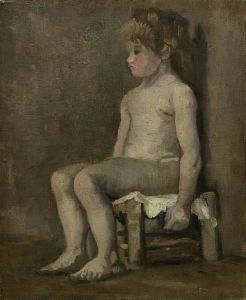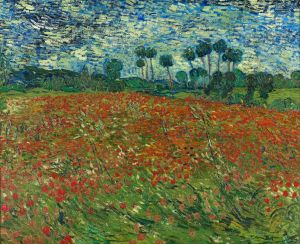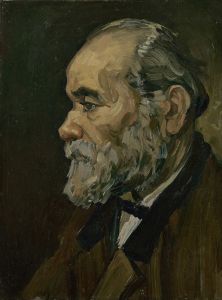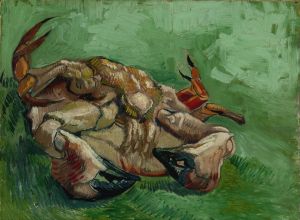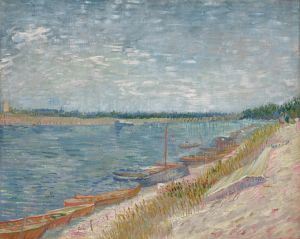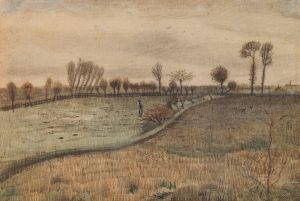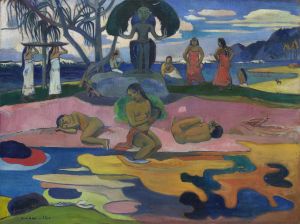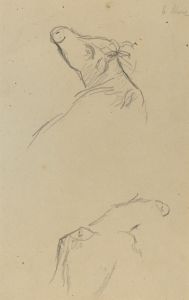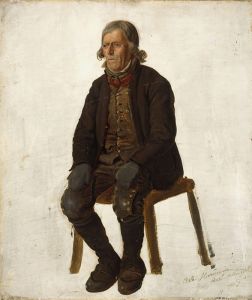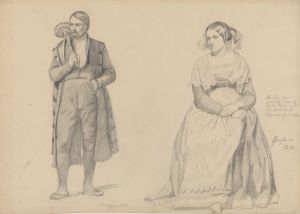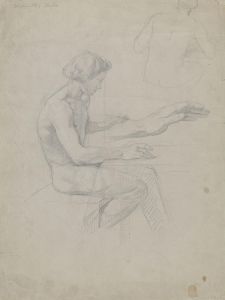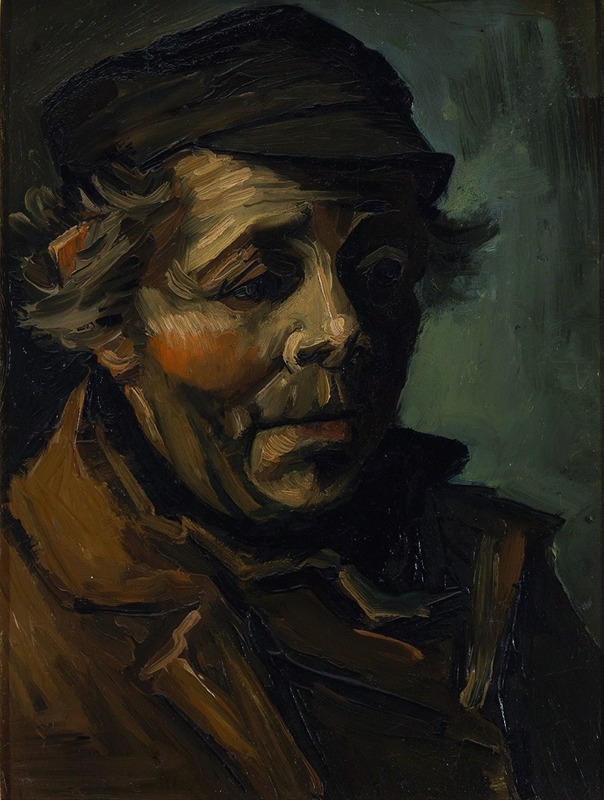
Head Of A Peasant
A hand-painted replica of Vincent van Gogh’s masterpiece Head Of A Peasant, meticulously crafted by professional artists to capture the true essence of the original. Each piece is created with museum-quality canvas and rare mineral pigments, carefully painted by experienced artists with delicate brushstrokes and rich, layered colors to perfectly recreate the texture of the original artwork. Unlike machine-printed reproductions, this hand-painted version brings the painting to life, infused with the artist’s emotions and skill in every stroke. Whether for personal collection or home decoration, it instantly elevates the artistic atmosphere of any space.
"Head of a Peasant" is a painting by the Dutch Post-Impressionist artist Vincent van Gogh. Created in 1884 or 1885, this work is part of a series of studies van Gogh produced during his time in Nuenen, a small village in the Netherlands. During this period, van Gogh focused on depicting the lives of rural laborers and peasants, aiming to capture their dignity and the harsh realities of their existence.
The painting portrays the head of a peasant, likely a local resident of Nuenen, rendered in a somber and earthy palette. Van Gogh used muted tones such as browns, grays, and greens, reflecting the simplicity and hardship of rural life. The subject's face is rugged, with strong features that convey a sense of resilience and character. The artist's brushwork is expressive, emphasizing texture and form over fine detail.
"Head of a Peasant" is closely associated with van Gogh's preparation for one of his most famous works, The Potato Eaters (1885). This series of head studies allowed van Gogh to practice capturing the physiognomy and expressions of his subjects, which he later incorporated into the larger composition. The artist was deeply influenced by the works of painters like Jean-François Millet, who also depicted the lives of rural workers with empathy and realism.
Van Gogh's time in Nuenen was a formative period in his artistic development. He was deeply committed to portraying the lives of the working class, believing that art should reflect the struggles and humanity of ordinary people. These studies of peasant heads are considered an important step in his journey toward developing his distinctive style, which would later evolve into the vibrant and emotive works for which he is best known.
The painting is now housed in the Van Gogh Museum in Amsterdam, the Netherlands, which holds an extensive collection of the artist's works. It remains a testament to van Gogh's early dedication to portraying the lives of the rural poor and his evolving mastery of portraiture.






